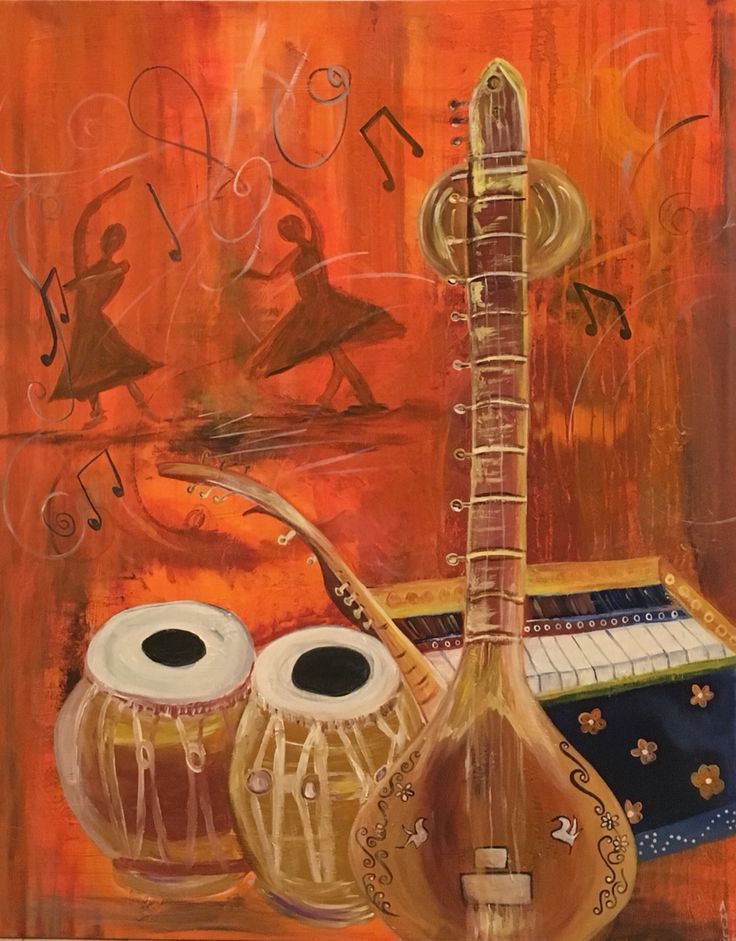Its ancient origins, two major styles (Hindustani & Carnatic), and the magic of ragas and talas. Discover legendary maestros, spiritual depth, and global influence in this comprehensive guide.

Indian classical music is not merely an art form—it is a spiritual journey, a conversation between sound and soul. With roots stretching back thousands of years, this profound tradition weaves together emotion, devotion, and technical mastery. Each note carries meaning, every rhythm tells a story, transcending boundaries and touching hearts worldwide.
From the meditative serenity of a morning raga to the pulsating energy of a rhythmic tala, Indian classical music transports listeners to a realm beyond the ordinary. Its influence echoes in global music—jazz improvisation, electronic fusion, and world music bear its imprint, proving its timeless universality.
What is Indian Classical Music?
Indian classical music is a sophisticated system built on two pillars:
- Ragas (melodic frameworks that evoke moods, times, and seasons)
- Talas (rhythmic cycles that structure compositions)
It is divided into two major traditions:
- Hindustani Classical Music (North India) – Blends indigenous traditions with Persian influences, emphasizing improvisation and emotional expression.
- Carnatic Classical Music (South India) – Rooted in devotional compositions, known for its lyrical depth and rhythmic precision.
Though distinct, both share a common foundation in raga and tala, creating music that is intricate, expressive, and deeply moving.
A Historical Journey: The Evolution of Indian Classical Music
1. Vedic Era (1500–500 BCE)
- The Samaveda introduced structured chanting, forming the earliest roots of raga.
- Music was sacred, used in rituals and spiritual practices.
2. Ancient Period (500 BCE–1200 CE)
- Bharata’s Natya Shastra laid the foundation for musical theory.
- Matanga’s Brihaddeshi formalized the concept of ragas.
3. Medieval Period (1200–1700 CE)
- The Bhakti & Sufi movements infused music with devotion.
- Mughal courts nurtured Hindustani music, blending Persian and Indian styles.
4. Colonial Era (1700–1947)
- Despite British suppression, music thrived through public performances and early recordings.
5. Modern Era (1947–Present)
- Global recognition through maestros like Ravi Shankar, M.S. Subbulakshmi, and Zakir Hussain.
- Fusion genres brought Indian classical music to world stages.
Hindustani Classical Music: The Soul of the North
Known for its improvisational depth, Hindustani music explores ragas with spontaneity and emotion.
Key Elements:
✔ Ragas – Mood-based melodies tied to times/seasons:
- Bhairav (dawn) – Serene, meditative
- Yaman (evening) – Romantic, soothing
✔ Talas – Rhythmic cycles like Teen Taal (16 beats) and Ek Taal (12 beats).
✔ Instruments – Sitar, tabla, sarod, santoor, and shehnai.
✔ Legends – Pandit Ravi Shankar, Ustad Bismillah Khan, Kishori Amonkar.
Carnatic Classical Music: The Divine Sound of the South
More composition-driven, Carnatic music emphasizes devotional lyrics and rhythmic complexity.
Key Elements:
✔ Ragas – Structured yet deeply expressive:
- Kalyani – Joyous, uplifting
- Shankarabharanam – Majestic, grand
✔ Talas – Intricate cycles like Adi Tala (8 beats) and Rupaka Tala (6 beats).
✔ Instruments – Veena, mridangam, violin, flute.
✔ Legends – M.S. Subbulakshmi, Tyagaraja, L. Subramaniam.
Why Indian Classical Music Matters
Beyond its beauty, it offers profound benefits:
✨ Spiritual Elevation – Ragas like Ahir Bhairav & Malkauns induce meditation.
💖 Emotional Healing – Used in music therapy for stress and anxiety relief.
📜 Cultural Heritage – Preserves centuries of wisdom through oral & guru-shishya traditions.
🧠 Cognitive Benefits – Enhances memory, focus, and creativity.
Conclusion: A Living Legacy
Indian classical music is more than notes and rhythms—it’s a bridge between past and present, earth and eternity. Whether you’re a curious listener or a devoted student, exploring this art promises a journey of discovery, emotion, and transcendence.
Start your journey today:
- Listen to iconic ragas like Raga Yaman or Kalyani.
- Attend a live concert or learn from a guru.
- Let the music guide you to a deeper understanding of life and beyond.

